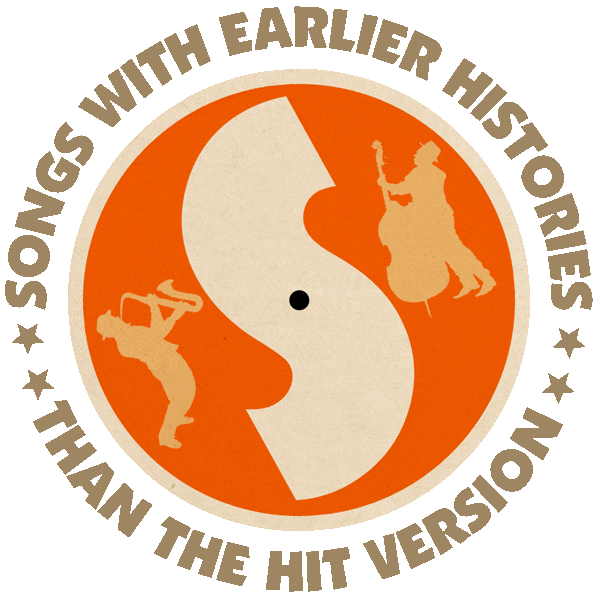First recorded by The Coasters (1965).
Hit versions by Manfred Mann (UK #1 EP 1965), Ray Charles (US #31/R&B #1 1966).
Also recorded by Ronnie Milsap (1965), Joe Cocker (1969).
From the wiki: “‘Let’s Go Get Stoned’ was written by Nickolas Ashford, Valerie Simpson, and Josephine Armstead, and was first recorded by The Coasters in May 1965. It is notable for being one of the first successful compositions by Ashford & Simpson (‘Ain’t No Mountain High Enough’, ‘California Soul‘, ‘Ain’t Nothing Like the Real Thing’). Although a non-charter for The Coasters, ‘Let’s Go Get Stoned’ was most memorable because it became a 1966 #1 R&B and Pop #31 hit for Ray Charles, recorded shortly after Charles was released from rehab after a sixteen-year heroin addiction.
“The year prior, in 1965, the UK group Manfred Mann recorded the song for their #1 British extended-play No Living Without Loving, which topped the UK EP charts in December 1965. Joe Cocker covered the song several times live, most notably at the Woodstock Festival in 1969 and on the Mad Dogs & Englishmen live album released 1970.”

